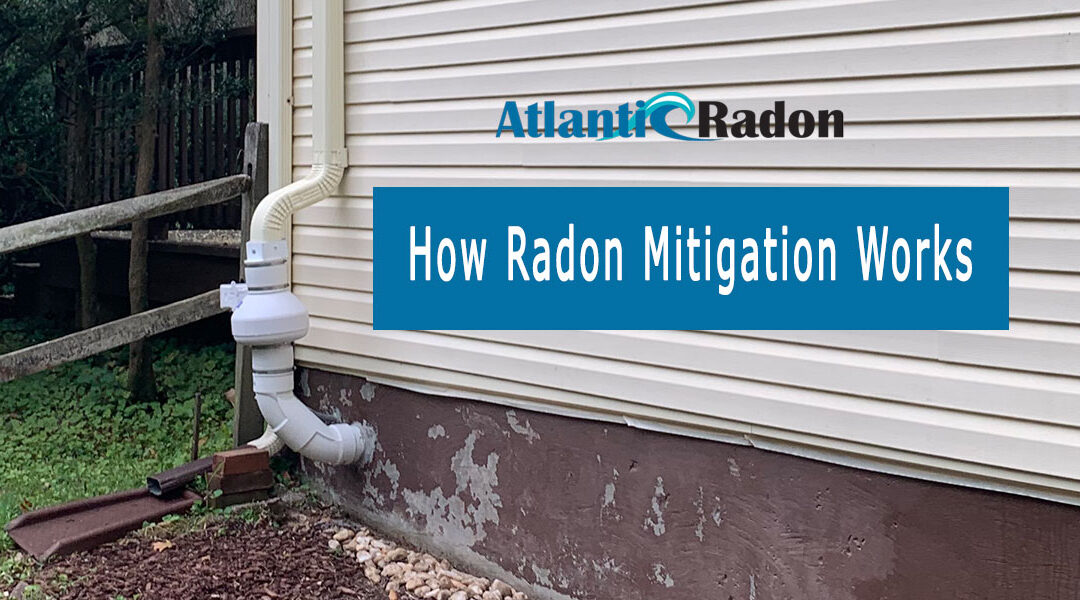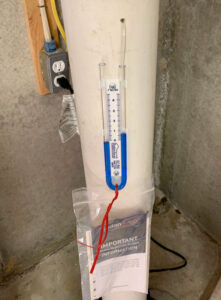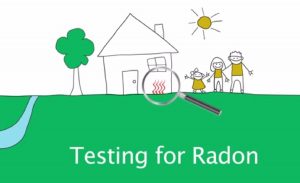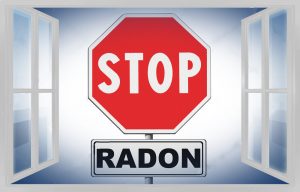Zeroing Radon at home is impossible as Radon is a product of the decay of organic material from soil and stones. However, the level of it can be lowered to an acceptable threshold through mitigation activities. But how does Radon mitigation work? Most radon mitigation systems or devices are sub-slab-depressurization-system. A mitigation device would usually have a fan that runs on 24/7 to pull out air with Radon from your home space to the outside. The installation of a radon mitigation system would usually need a certified radon mitigation professional.
A standard radon mitigation system has the following parts:
- A fan that creates in-out airflow at your home space.
- An electrical circuit to supply power to your fan.
- And, piping connected from the fan down to an opening on your target home space.
Usually, Radon mitigation systems or devices are designed to run on 24/7 operation and would unlikely breakdown. However, below are some tips in maintaining your radon mitigation system.
- Check the fan. The fan is the core of a radon mitigation system. It pulls out the air from the inside of your home to the outside. A fan would typically last up to 10 years. As for quick checking, you can place your hand on the fan box. A running fan would generate vibration. Check the quality of the vibration. A good running fan would usually be quiet with stable vibration. In case your fan generates unusual sound or vibration, contact your contractor to check. If your fan is not running, check first if it is plugged properly or if the power outlet is working.
Check the built-in manometer. Inspect the manometer to make sure there is no damage to it and the fluid is not leaking. The manometer is used to check if your fan is depressurizing your home space. The manometer reading should be above zero which indicates that the fan was able to pull out air efficiently.
- Check the piping. Perform a visual inspection of the piping to ensure that there are no holes or damage to the piping. Check the connection joints of the pipe to ensure they are intact and sturdy. In case your pipe has damage, try to assess if you can fix it before calling for a technician to save on expense.
Keep your family safe from Radon. You can schedule a radon testing in Annapolis or Severna Park with us. It is important to make sure your home is safe from radon.
To learn more about radon testing in Annapolis or Severna Park, visit our Radon Testing as well as Radon Mitigation pages.





